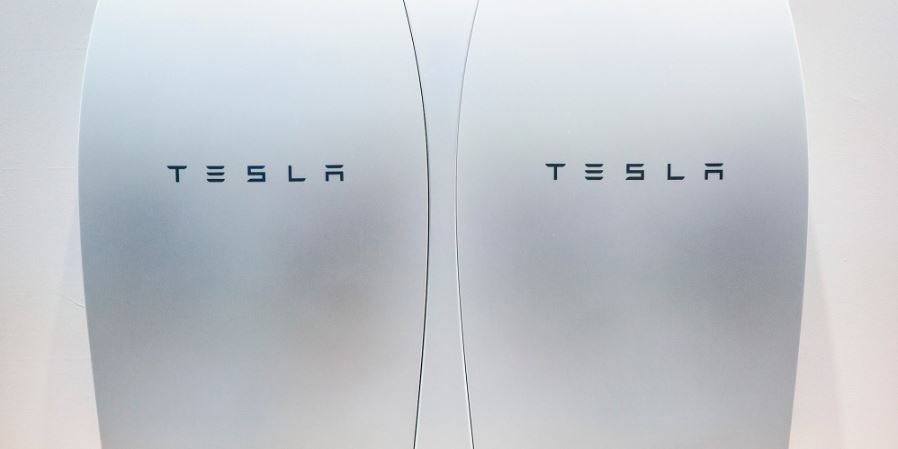Tesla motors has launched one of the world’s largest collection of grid-related batteries. It did this in conjunction with Southern California. The project aims to reduce Southern California’s reliance on fossil fuels and follows a rupture in Aliso Canyon’s (California). This natural gas reservoir ruptured and released 1.6 million pounds of methane gas into the atmosphere. It left this area of Southern California in dire need of energy storage as the Aliso Canyon facility was closed. Winter’s increased energy demands would add further pressure on the energy supplies and create black-outs. So Southern California teamed up with Tesla Powerwall.

Image shown is a residential Powerwall.
The partnership was agreed back in September and went live in December; incredibly fast progress. What’s ideal about using battery storage, like the Tesla Powerwall, is that “unlike traditional electric generators, batteries can be deployed quickly at scale and do not require any water or gas pipelines” (source)
How much energy will this provide?
According to Tesla this is now the largest lithium ion battery storage project in the world. When fully charged it will hold “enough energy to power more than 2,500 households for a day of charge 1,000 Tesla vehicles”.
As you’d expect, the system charges during off-peak energy hours to supply energy during peak periods to an area of over 15 million residents.
Who else is building commercial-scale energy storage?
San Diego Gas & Electric and AltaGas are also building similar project in their respective locations. This makes a total of 77.5 megawatts of energy storage added to the State’s grid.
As battery storage technology develops and efficiency improves we expect to see many more exciting projects like this popping up and we look forward to seeing them in Australia (hopefully!)


